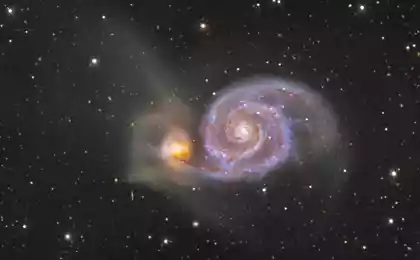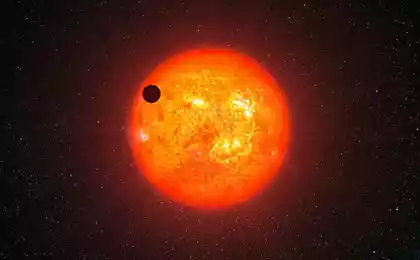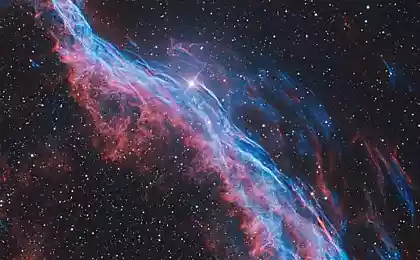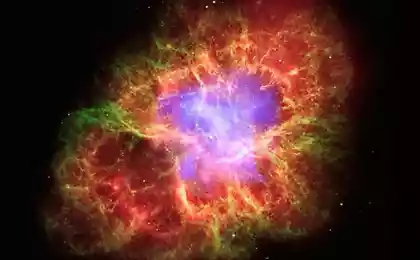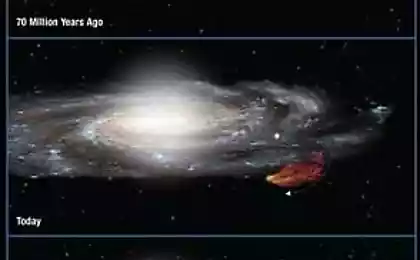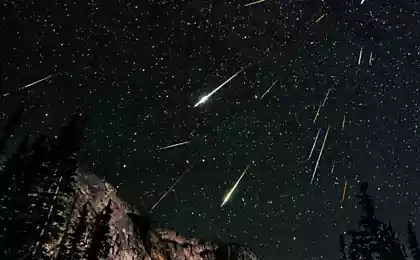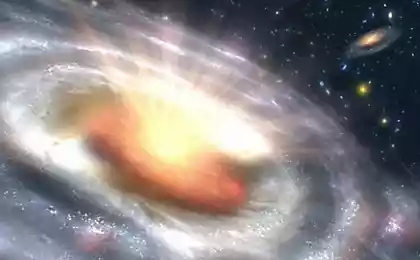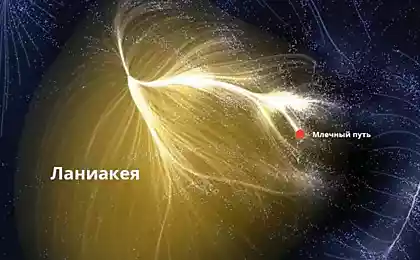565
Mysteries Of The Milky Way

Around the galactic center stars rotate at about the same speed as our planet around the Sun. She makes about two hundred to three hundred kilometers per second. And only one star in a billion has a speed three times greater. Such a star is called bullet. The first such star was discovered by astronomers nearly a decade ago. Their speed is so great that the stars can leave the orbit of the galaxy.
Scientists figuring out how to develop such a high speed star found out that most of them quick star HE 0437-5439 was "difficult" past. Passing through the galactic center, triple star system "lost" one of them in a black hole. This was the reason that discarded the remaining two later teamed up in the blue vergaray giant, which at a speed of 2.5 million miles per hour left the milky way.
To interact with a black hole could star LAMOST-HVS1 is the nearest to us. But she could, with the same probability, as indicated by the average size of a black hole in the center of our galaxy, come from outside.

Astronomers from new York, is engaged in search of faint galaxies – companions of our milky Way, discovered a strange object that do not fit in the galactic frame. This group of stars orbiting the milky Way from 120 thousand light-years, called Willman 1 (SDSSJ1049+5103).
Was she the reason put forward two theories: it is either a globular cluster or dwarf galaxy. However, both have shortcomings. In the first case, in Willman 1 would have to be several hundred thousand stars, but in reality there are at least a thousand. If detected object was a small galactic cluster, it is, as one physicist ", would go on the flea as a tiny mite, and she, in turn, would be on the big dog."
Maybe it's all the same galaxy, some of us hundreds? But to be visible, its mass must be at least ten million stars, but it is only half a million, which is significantly less than the mentioned limit. I assume that part of it could evaporate, or Willman 1 has a dark matter unaccounted for. In short, the accumulation of this raises many questions, the answers to which are yet to be found.
Source: planetologia.ru/

